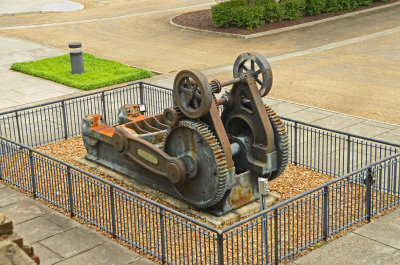





 |
 |
 |
 |
 |
 |
| dick wood | profile | all galleries >> 2016 May Move Camper to PA from AZ >> Virginia-Richmond & Petersburg >> Richmond-Civil War | tree view | thumbnails | slideshow |
| previous page | pages 1 2 ALL | next page |
 07-Tredegar-494-Water-Wheel-em.jpg |
 08-Tredegar-240-em.jpg |
| previous page | pages 1 2 ALL | next page |
| comment | share |